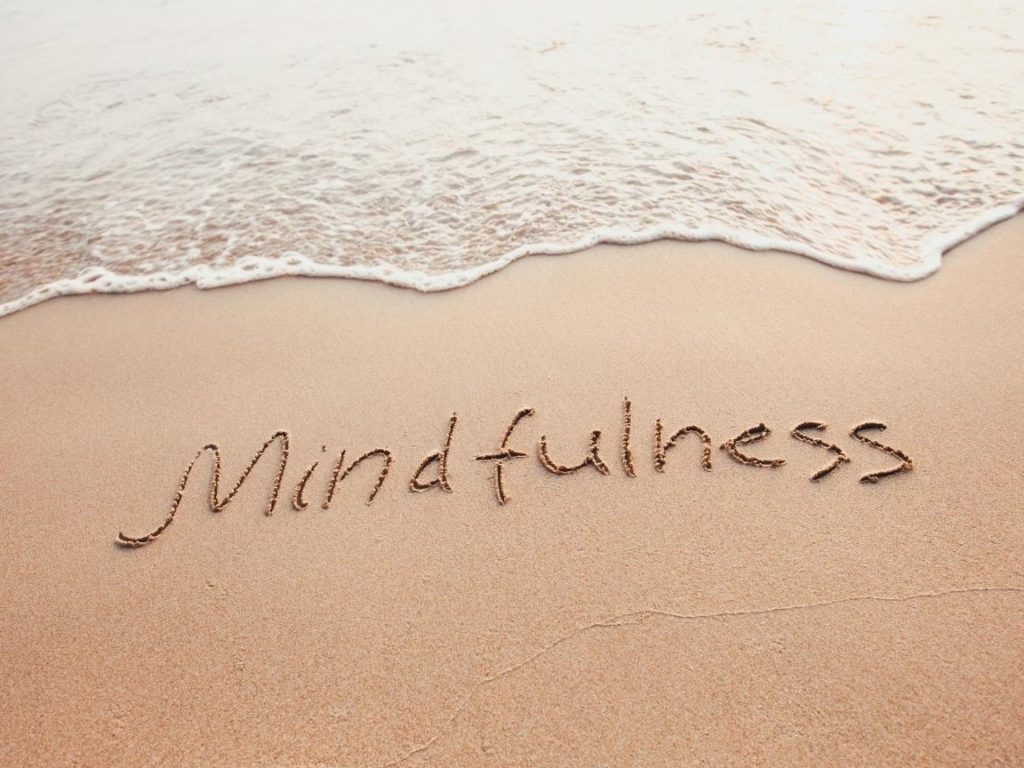
By Erien W. Fryer, Certified Life, Health, and Wellness Coach
- Breathe
deep. Engaging with your breath is a practice you can do
anywhere. Pay attention to each inhalation and exhalation. You’ll feel stronger
and calmer.
- Do
Tai Chi Qi Gong. Tai Chi Qi Gong connects your mind, body,
and breath. As a bonus, these ancient
Chinese “medicine in motion practices” enhance physical, mental, and emotional
flexibility, strength, and stress reduction.
- Relax
your muscles. Progressive relaxation facilitates
awareness, as well as sleep. Scan your body from head to foot. Systematically
tense and release each muscle.
- Arrange
flowers. Ikebana was originally used to create shrine
offerings, but you can use it to connect with nature and express yourself. Take
a class or pick up a book at the library to learn about the techniques.
- Learn
martial arts. Karate, Tai Chi, and other martial arts
involve much more than fighting. Regardless of what you’ve seen in the movies,
building your character is more important than chopping blocks of wood by hand.
- Drink
tea.
Tea ceremonies are another tradition to encourage mindfulness. If you’re doing
this at home, try giving your full attention to any food or drink.
- Play Go. The board game Go looks a little like chess with black and white marbles. Have fun while you’re learning about concepts like causation and interdependence.

Inner Mindfulness Practices
- Slow down. Moving deliberately promotes mindfulness. Consider the purpose of your daily activities. Take time to enjoy life instead of rushing from one activity to another.
- Focus. Give your full attention to one task at a time. Turn off your phone when you’re having dinner with your family. Listen closely to ordinary conversations and falling rain.
- Let go of judgments. Accept your thoughts, feelings, and experiences without guilt or shame. Love yourself for who you are now. Take pleasure in learning and growing. Forgive yourself and others for disappointments and mistakes.
- Live in the present. Concentrate on today rather than regretting the past or worrying about the future. Take pleasure in ordinary things like the smell of coffee or the texture of soft cotton sheets.
You don’t have to miss out on the benefits of mindfulness just because you’re uncomfortable sitting for long periods or troubled by disturbing thoughts. Your morning commute or a formal tea ceremony can also be occasions to connect with the here and now.
Bonus: Easing into a Meditation Practice
- Keep
it brief. You may be reluctant to meditate because you tried to
do too much too soon. Sit down for a few minutes at first and increase your
time gradually.
- Walk
and stretch. If your knees ache when you sit too long,
you can meditate on your feet. Walk around your living room or back yard. Take
small steps and notice how your feet make contact with the ground.
- Manage stress. Does meditation stir up troubling emotions for you? It’s natural to feel uneasy at times during your practice when you’re facing thoughts that you may usually keep under wraps. Remember that you’re making progress each time you accept the truth and find a way to deal with it.
